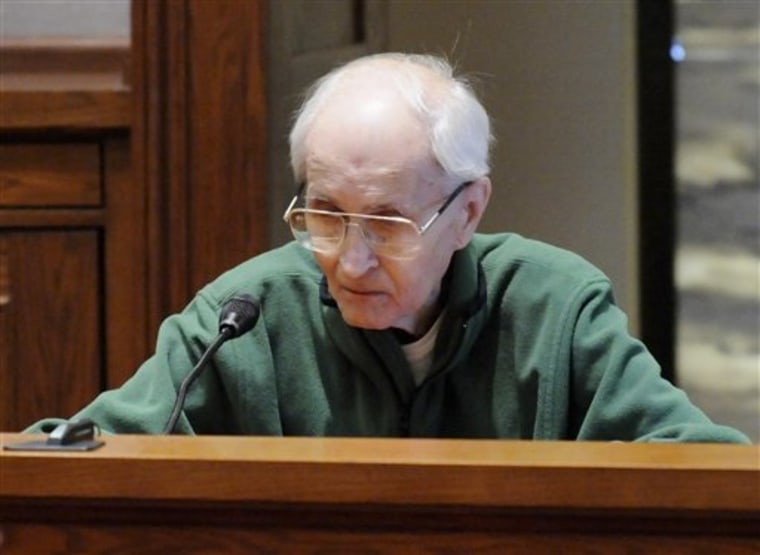Minnesota voters testified Tuesday their ballots had been unfairly rejected as Republican Norm Coleman argued thousands of disqualified absentee ballots should be counted in the U.S. Senate race.
"Perhaps my signature is not as good as it once was," Gerald Anderson, of St. Paul, told the three-judge panel hearing Coleman's lawsuit. "It gets cloudy and crooked. I am 75 years old."
But that shouldn't have disqualified his vote, he said: "I want it back. I'm entitled to my vote."
A statewide recount gave Democrat Al Franken a 225-vote edge. The personal stories that Anderson and five other voters told are just one front on Coleman's effort to have more votes counted.
Coleman's legal team had intended to submit copies of thousands of ballots as exhibits, but the judges disqualified them as evidence Monday because campaign workers had marked on some envelopes. On Tuesday, much of the panel's time was spent with state officials, lawyers and court staff working out a plan to get about 11,000 rejected absentees to St. Paul from counties throughout the state.
Actual testimony didn't begin until afternoon in the case, expected to last weeks.
It wasn't clear whom Anderson supported; neither Coleman's nor Franken's attorneys asked. And Anderson wasn't sure why his vote was rejected, only guessing that it was his signature.
Minnesota law cites four reasons for rejecting absentee ballots: The name and address on the ballot's envelope do not match a name and address on the voter rolls; the signature on the envelope doesn't match the voter's signature on file; the voter was not registered when he or she voted; or the voter went on to vote on Election Day too.
Coleman is arguing that in many cases, those standards were applied differently from county to county, violating the constitutional standard of equal protection.
Hundreds of improperly rejected absentee ballots were opened and added to the count during the recount phase through a process set up by the Minnesota Supreme Court — a process that gave both campaigns a say in which ballots were added.
Franken's attorneys argue that only about 654 remaining absentees were rejected improperly and merit being brought into the count.
